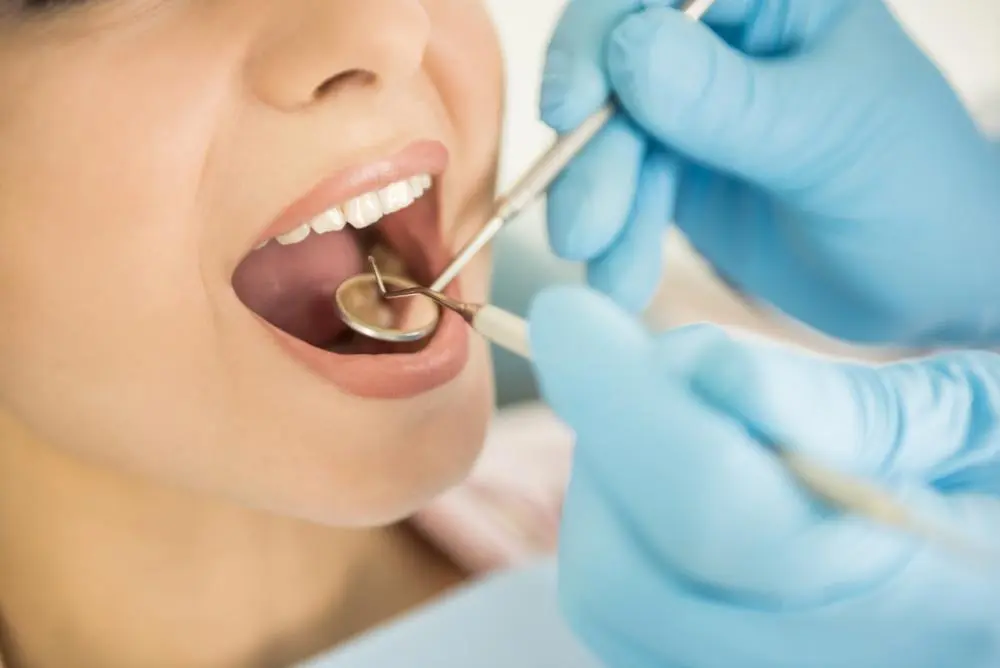
Dental Anomalies Linked to Malocclusion in Saudi Patients
A recent cross-sectional study in the Hail province of Saudi Arabia examined the frequency of dental anomalies and their associations with skeletal malocclusions and facial growth patterns in orthodontic patients. Using cephalometric radiographs and orthodontic records from more than 500 individuals, the study found that dental abnormalities are quite common and often coincide with different types of malocclusion and facial morphology types.
Among the 541 participants (233 males, 308 females, aged 9–55), 67.8% exhibited at least one dental anomaly. The most frequent abnormalities included ectopic eruption (49.0%), tooth impaction (27.3%), agenesis (8.4%), and short root (4.9%). When classifying bite relationships, Class I malocclusion was most prevalent (41.0%), followed by Class II division 1 (30.7%), Class II division 2 (14.2%), and Class III (14.0%). The study found statistically significant correlations between the presence of dental anomalies and types of malocclusion; individuals with anomalies were more likely to present with Class I, II, or III malocclusions compared to those without anomalies. However, gender was generally not a significant predictor of anomalies or malocclusion class, aside from a borderline lower frequency of Class II division 1 in males.
Regarding facial patterns, participants were classified into normal, long, or short facial profiles based on the ratio of total anterior facial height to lower anterior facial height. The study observed that certain facial growth patterns often accompanied dental anomalies in conjunction with malocclusion types. Notably, dental anomalies were more strongly linked to certain combinations of malocclusion and facial type, though the distinctions were subtle and not consistent across all comparisons.
The authors emphasize that since dental anomalies can complicate orthodontic treatment planning, especially in patients already presenting with malocclusion, early detection via thorough clinical and radiographic examination is crucial. They recommend that practitioners be especially vigilant for anomalies such as ectopic eruption, impaction, agenesis, and root abnormalities in patients with Class I or II malocclusions, as these may affect treatment timing, mechanics, and prognosis.
They also acknowledge limitations: because the study uses a cross-sectional design, it cannot definitively establish a causal relationship between anomalies and malocclusion patterns. Moreover, the sample is drawn from patients seeking orthodontic care, which may bias the prevalence upward compared to the general population. The authors call for further research across different ethnic and geographic populations, possibly using longitudinal designs, to better understand how dental anomalies, malocclusion, and facial growth interact over time.
Original Article Information
Title: “Association between dental anomalies and skeletal malocclusions in different facial patterns in a Saudi subpopulation”
Journal: BMC Oral Health, October 14, 2025
DOI: 10.1186/s12903-025-06979-z